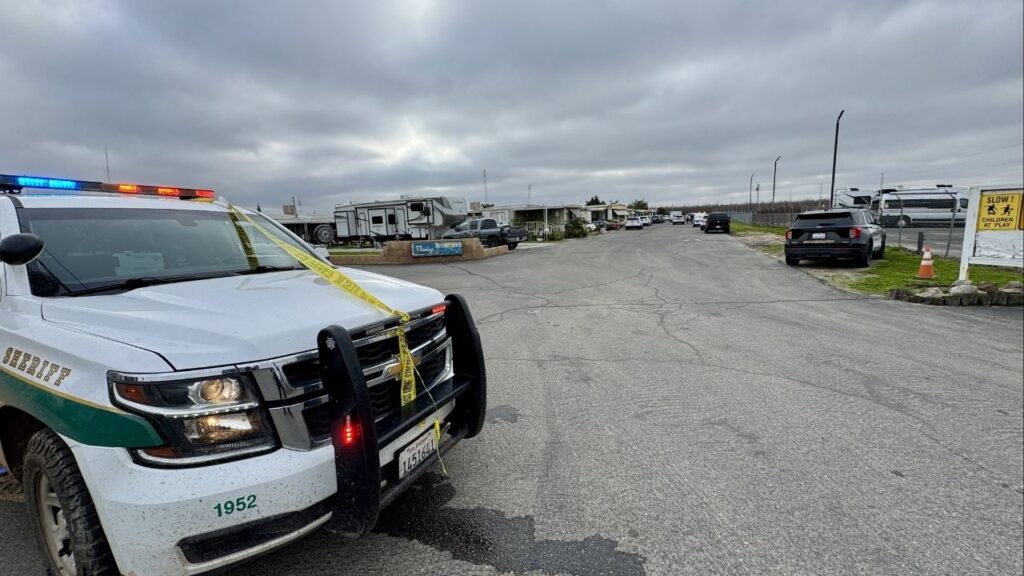Share
California’s Democratic political leaders fancy themselves leaders of the anti-Donald Trump “resistance” and are engaged in legal and political conflict with the White House on dozens of specific issues.

Opinion
Dan Walters
CALmatters Commentary
Thus, when the Trump administration declared last week that it would not reimburse California for $306 million of the $1.1 billion cost of responding to the near-failure of the Oroville Dam two years ago, many saw it as just another front in the Sacramento-Washington feud.
In this case, however, the Trumpies are right, and California politicians should be grateful that the federal disaster aid isn’t zero.
The Federal Emergency Management Agency correctly concluded that it—meaning all U.S. taxpayers—shouldn’t have to pay for preventable structural problems that existed before the dam’s two spillways collapsed.
During the very wet winter of 2016-17, Oroville, the most important piece of California’s state water system, filled rapidly. Dumping water down the dam’s main spillway and into the Feather River enlarged a fault in the concrete slope that quickly widened and deepened into a cavernous hole.
Costs for the Emergency Response and Repairs to the Dam Are Heavy
Fearing that the spillway would collapse, the dam’s operators shut its gates, and as the reservoir behind the dam rose, it began spilling water from an auxiliary spillway. But the auxiliary opening—just a low place in the dam—poured water onto a dirt-and-rock face of the earthfill dam, causing massive erosion that threatened the structural integrity of the dam itself.
Reluctantly, but necessarily, operators reopened the main spillway’s gates to allow water to escape, virtually destroying it. Meanwhile, with the dam itself in jeopardy, nearly 200,000 people living downstream from the dam were evacuated.
Disaster was averted, but the costs for the emergency response and repairs to the dam are heavy, and the water agencies that rely on Oroville for their supplies—San Joaquin Valley farmers and Southern California residents, mostly—are on the financial hook for them.
The state applied to the feds for reimbursement of as much as 75 percent of those costs, arguing that it was a weather-caused emergency, much like a hurricane or a tornado.
It was a weak argument from the beginning, because it was apparent that the state had failed to fix defects in the main spillway when they first appeared and had rejected suggestions from outside groups that the auxiliary spillway be “armored” to protect the dam from erosion.
Spillway Chute Slab Failure Was Unexpected
A year after the incident, a panel of independent forensic engineers concluded in a 584-page report that the near-collapse of Oroville was caused not so much by weather but by poor design, construction and maintenance, calling it a “long-term systemic failure.”
“Due to the unrecognized inherent vulnerability of the design and as-constructed conditions and the chute slab deterioration, the spillway chute slab failure, although inevitable, was unexpected,” the panel’s report said.
In a nutshell, had the dam been constructed and maintained properly, it would have been fully capable of handling that winter’s rain and snow runoff. So the incident was caused by human incompetence and neglect, not by Mother Nature.
The feds are willing to give California $333 million to offset repair costs. Given the findings of the engineering panel, state officials should be grateful. However, they plan to appeal their claim’s partial rejection, which is based on pre-existing problems in the dam’s upper spillway.
“We believe otherwise and will work with FEMA to submit additional supporting information through the appeal process,” Lisa Lien-Mager, a spokeswoman for the California Natural Resources Agency, told the Sacramento Bee after last week’s announcement.
CALmatters is a public-interest journalism venture committed to explaining how California’s state Capitol works and why it matters. For more stories by Dan Walters, go to calmatters.org/commentary.
[activecampaign form=19]Categories



















